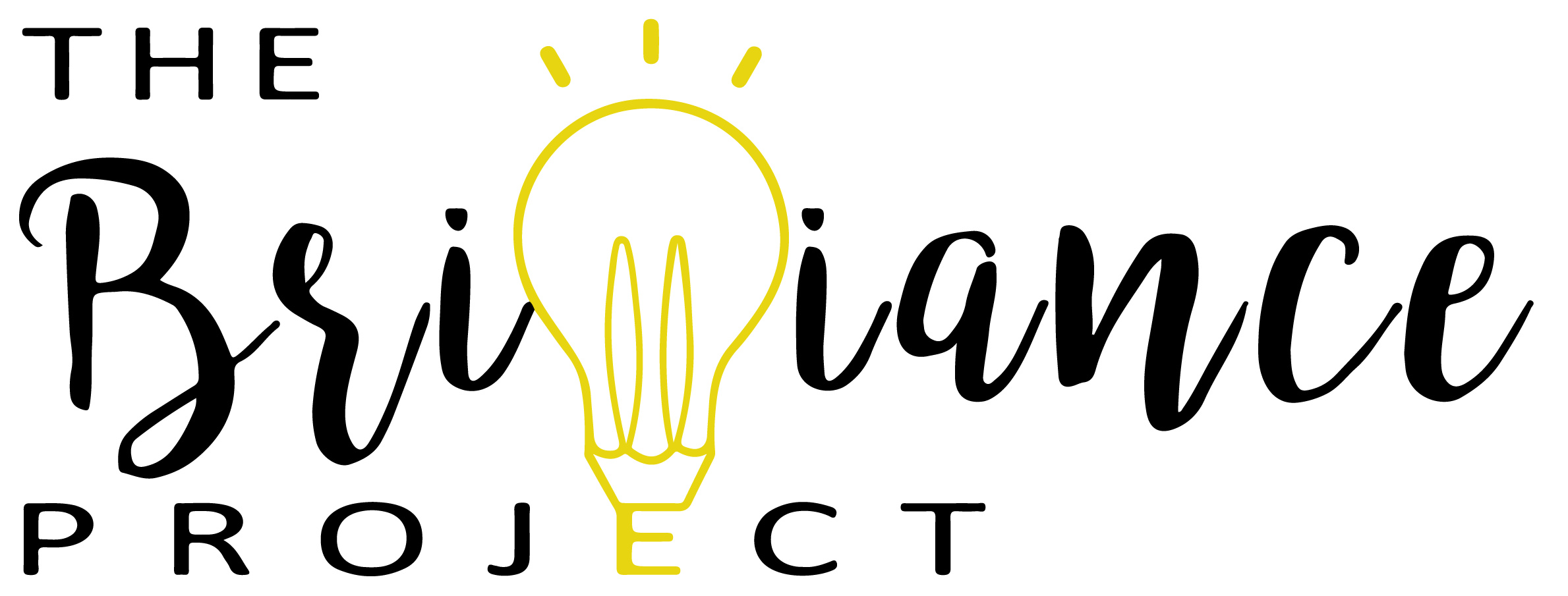Recent years have amplified the impact of challenges and hardships that can sometimes leave us feeling stressed, anxious, and with lower levels of optimism. But what if there are some simple, evidence based methods to to boost our wellbeing and help us better cope with the challenges that life expertly and routinely throws our way?
Positive Psychology Interventions enter the room
Positive psychology is the scientific study of the strengths and virtues that enable individuals and communities to thrive. The field is founded on the belief that people want to lead meaningful and fulfilling lives, to cultivate what is best within themselves, and to enhance their experiences of love, work, and play (Seligman & Csikszentmihalyi, 20001Seligman, M. E. P., & Csikszentmihalyi, M. (2000). Positive psychology: An introduction. American Psychologist, 55, 5–14. https://doi.org/10.1037/0003-066X.55.1.5).
Extending from this research domain, Positive Psychological Interventions (PPIs) are based on the premise that humans are naturally positive and resilient, and that these qualities can be cultivated and strengthened through supporting practices. They are range of small, adaptive psychological techniques that aim to increase happiness and well-being. They can be used to promote resilience, build positive relationships, and foster a sense of meaning and purpose.
There is a growing body of research on the efficacy of PPIs and they have been shown to be effective in reducing stress and anxiety, and improving mood and wellbeing (Carr et al., 20212Carr, A., Cullen, K., Keeney, C., Canning, C., Mooney, O., Chinseallaigh, E., & O’Dowd, A. (2021). Effectiveness of positive psychology interventions: A systematic review and meta-analysis. The Journal of Positive Psychology, 16(6), 749–769. https://doi.org/10.1080/17439760.2020.1818807 ).
Where can PPIs be applied?
PPIs can be used by individuals and they are often used in organizational wide settings, such as schools and businesses. In these settings, PPIs can be used to improve morale, enhance connection and engagement, and increase productivity. When applied organization wide, PPIs can be culture transforming.
In educational settings, studies have found that PPIs can help improve teacher wellbeing by increasing positive emotions and decreasing negative emotions. PPIs have also been shown to mitigate reduce incidence of burnout by increasing job satisfaction and decreasing job-related stress (Shankland & Rosset, 20173Shankland, R., & Rosset, E. (2017). Review of Brief School-Based Positive Psychological Interventions: A Taster for Teachers and Educators. Educational Psychology Review, 29(2), 363–392. https://doi.org/10.1007/s10648-016-9357-3 ).
What do PPIs look like?
In their research, Duckworth, Steen, and Seligman (20054Duckworth, A. L., Steen, T. A., & Seligman, M. E. P. (2005). Positive psychology in clinical practice. Annual Review of Clinical Psychology, 1, 629–651. https://doi.org/10.1146/annurev.clinpsy.1.102803.144154) suggested that there were at least 100 PPIs in application. In later research, Sin and Lyubomirsky (20095Sin, N. L., & Lyubomirsky, S. (2009). Enhancing well-being and alleviating depressive symptoms with positive psychology interventions: A practice-friendly meta-analysis. Journal of Clinical Psychology, 65(5), 467–487. https://doi.org/10.1002/jclp.20593) compiled a list of 51 PPIs that were linked to empirical studies. A few examples of how they are categorized are below:
- Strengths-Building Interventions: Strengths-based interventions focus on helping individuals identify and develop their strengths. This can help individuals to feel more positive and engaged in their work.
- Gratitude Interventions: Gratitude interventions are generally comprised of self reflective practices and interpersonal interactions that focus on the acknowledgement and expression of gratitude.
- Resilience Interventions: Resilience interventions focus on helping individuals increase their resilience. This can help individuals to cope with stress and adversity in a more positive way.
The impact of PPIs on educator wellbeing
Across the course of their roles, educators inevitably battle headwinds and difficult circumstances in their professional and personal lives. According to a recent study, more than 60% of the educators reported high and moderately high levels of stress in their occupation (Rubilar & Oros, 20216Vargas Rubilar, N., & Oros, L. B. (2021). Stress and Burnout in Teachers During Times of Pandemic. Frontiers in Psychology, 12. https://www.frontiersin.org/articles/10.3389/fpsyg.2021.756007). This stress can lead to all sorts of negative consequences including decreased job satisfaction, increased likelihood of burnout, and ultimately resignation from the teaching profession.
Teacher burnout is a very real problem across the field, deeply affecting many educators and the balance of peers and students that depend on them. Symptoms of burnout include emotional exhaustion, depersonalization, and low motivation. If you're experiencing any of these symptoms, then it's important to seek support and strategies that can assist you. Your own self care is central to your performance and function across all life activities.
The adoption of PPIs may be a starting point to mitigate daily challenges and strengthen internal coping mechanisms. They have been shown to be effective in improving educator wellbeing (Turner & Thielking, 20197Turner, K., & Thielking, M. (2019). Teacher wellbeing: Its effects on teaching practice and student learning. Issues in Educational Research Journal, 29(3), 938–960 ) and work by:
- Developing a more positive and optimistic outlook.
- Increasing resilience to withstand daily challenges.
- Building positive relationships with peers, close connections, and students.
Examples of PPIs
Positive psychology intervention examples include:
- Gratitude journaling;
- Savoring positive experiences;
- Practicing mindfulness;
- Building social support networks;
- Increasing self-efficacy;
- Learning stress management techniques;
- Positive reframing; and
- Focusing on positive aspects of a role.
If you're already feeling constrained and are worried about how you could include another process or measure in your daily routine, PPIs can be tailored to fit economically within all lifestyles. They are delivered in a variety of formats that don't require a lot of resource or time in real world application. There is sure to be an intervention that will suit the schedule and capacity for everyone. If you're ready to start feeling better and reduce your stress levels, then take action and consider a positive psychology intervention. It just might be the starting point and the sustainable answer you've been looking for.
Upcoming: In a series of future articles, we will be examining the evidence around specific PPIs and how they can be successfully integrated into daily routines for positive impact.
- 1Seligman, M. E. P., & Csikszentmihalyi, M. (2000). Positive psychology: An introduction. American Psychologist, 55, 5–14. https://doi.org/10.1037/0003-066X.55.1.5
- 2Carr, A., Cullen, K., Keeney, C., Canning, C., Mooney, O., Chinseallaigh, E., & O’Dowd, A. (2021). Effectiveness of positive psychology interventions: A systematic review and meta-analysis. The Journal of Positive Psychology, 16(6), 749–769. https://doi.org/10.1080/17439760.2020.1818807
- 3Shankland, R., & Rosset, E. (2017). Review of Brief School-Based Positive Psychological Interventions: A Taster for Teachers and Educators. Educational Psychology Review, 29(2), 363–392. https://doi.org/10.1007/s10648-016-9357-3
- 4Duckworth, A. L., Steen, T. A., & Seligman, M. E. P. (2005). Positive psychology in clinical practice. Annual Review of Clinical Psychology, 1, 629–651. https://doi.org/10.1146/annurev.clinpsy.1.102803.144154
- 5Sin, N. L., & Lyubomirsky, S. (2009). Enhancing well-being and alleviating depressive symptoms with positive psychology interventions: A practice-friendly meta-analysis. Journal of Clinical Psychology, 65(5), 467–487. https://doi.org/10.1002/jclp.20593
- 6Vargas Rubilar, N., & Oros, L. B. (2021). Stress and Burnout in Teachers During Times of Pandemic. Frontiers in Psychology, 12. https://www.frontiersin.org/articles/10.3389/fpsyg.2021.756007
- 7Turner, K., & Thielking, M. (2019). Teacher wellbeing: Its effects on teaching practice and student learning. Issues in Educational Research Journal, 29(3), 938–960
- 1Seligman, M. E. P., & Csikszentmihalyi, M. (2000). Positive psychology: An introduction. American Psychologist, 55, 5–14. https://doi.org/10.1037/0003-066X.55.1.5
- 2Carr, A., Cullen, K., Keeney, C., Canning, C., Mooney, O., Chinseallaigh, E., & O’Dowd, A. (2021). Effectiveness of positive psychology interventions: A systematic review and meta-analysis. The Journal of Positive Psychology, 16(6), 749–769. https://doi.org/10.1080/17439760.2020.1818807
- 3Shankland, R., & Rosset, E. (2017). Review of Brief School-Based Positive Psychological Interventions: A Taster for Teachers and Educators. Educational Psychology Review, 29(2), 363–392. https://doi.org/10.1007/s10648-016-9357-3
- 4Duckworth, A. L., Steen, T. A., & Seligman, M. E. P. (2005). Positive psychology in clinical practice. Annual Review of Clinical Psychology, 1, 629–651. https://doi.org/10.1146/annurev.clinpsy.1.102803.144154
- 5Sin, N. L., & Lyubomirsky, S. (2009). Enhancing well-being and alleviating depressive symptoms with positive psychology interventions: A practice-friendly meta-analysis. Journal of Clinical Psychology, 65(5), 467–487. https://doi.org/10.1002/jclp.20593
- 6Vargas Rubilar, N., & Oros, L. B. (2021). Stress and Burnout in Teachers During Times of Pandemic. Frontiers in Psychology, 12. https://www.frontiersin.org/articles/10.3389/fpsyg.2021.756007
- 7Turner, K., & Thielking, M. (2019). Teacher wellbeing: Its effects on teaching practice and student learning. Issues in Educational Research Journal, 29(3), 938–960

